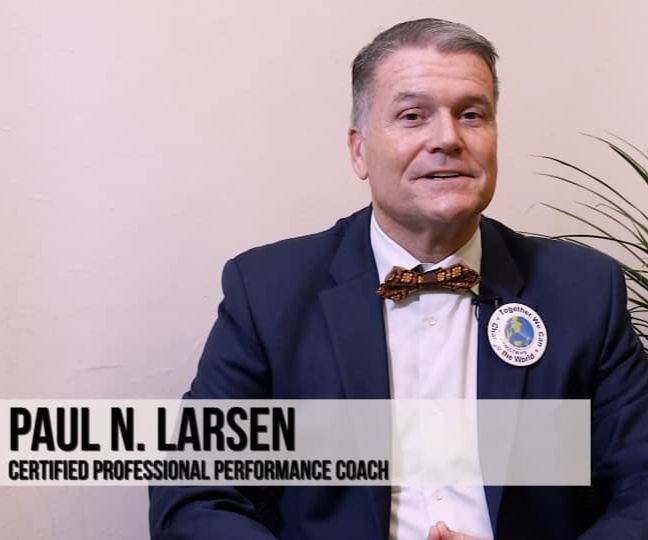People Management: How To Handle Tough Conversations At Work

Do you work with people? Okay, that sounds like a crazy question because I’m sure the answer is, yes. Your role is undoubtedly reliant on your ability to connect with and influence others.
It’s therefore inevitable that there may be times you will have to have tough conversations at work. The workplace dynamics dictates that, on occasion, there will be differences in opinions, behaviours that come out of left field, and heightened emotions – all of which require conversations that aren’t easy but necessary, to take place.
For leaders and organisations looking to build strong workplace cultures, it is necessary to invest in improving the skill of achieving results from these inevitably tough conversations.
Workplaces of the future will be seeking, now more than ever, individuals who have the skills to carry out these tough conversations. So, how do you handle tough conversations?
Identify what ‘tough’ means to you
Firstly, it’s important to know which conversations are considered tough for you. The style of conversation that is deemed as ‘tough’ is different for everyone.
For some, the tough conversation is having to address poor performance at work. For others, they find that addressing poor performance is okay, but they’re challenged by how to deal with someone who’s crying in the office. Being clear on what conversations are tough for you will help to hone your skills.
Go prepared
Having a successful tough conversation starts before you even enter the room. Walking into a situation filled with heightened emotions, unprepared, is dangerous.
Alternatively, turning up to a conversation feeling centred, aware of why the conversation is important, and with enough time to talk through issues gives a stronger platform for the conversation to go well.
As you step into the conversation, recognise that you may not feel completely comfortable or confident. Know that it’s okay.
These conversations are tough because you care about the person and about the outcome, but you can centre emotions to be able to talk through the issues.
Use behaviour-based language
As you begin the conversation, repeat this maxim to yourself: there are no difficult people, there are only difficult behaviours that can be changed.
During the conversation, focus on specific behaviours rather than generalisations. The conversational waters are often muddied by ‘traits’ that could mean different things to different people.
For instance, ‘courtesy’ could mean greeting with a smile and a nod to one party, but it could incite visions of firm handshakes to another.
Behavioural change – which is so often the aim of tough conversations – relies on a shared understanding of what specifically needs to be changed. Both parties need clarity on what new behaviours are required moving ahead.
Use a visual medium
Where you direct the conversation has an impact on how personally the other party takes the information.
The old adage, “tell ‘em to their face,” will result in defensiveness very quickly, especially if it’s a heated issue. Instead direct the conversation to a visual medium.
It could be a whiteboard or a report – using a visual medium allows you to depersonalise the conversation. Even having a walk-and-talk meeting allows you to direct the conversation to the path in front of you.
Finally, be courageous
In the HR world ‘tough conversations’ might be business-as-usual, but the fact remains that having these difficult conversations takes courage.
Tackling the tough stuff is an act of bravery based on deliberate decisions that require careful planning.
Remember to give yourself a break, and not to beat yourself up even if the conversation did not go as well as you’d hoped. Instead, take a moment to reflect and think about how you can better prepare for next time.
Because, even if it wasn’t your first conversation…it’s very unlikely to be your last.
You may also like:
Functional





